Good info given but need to stress that it is best to V groove so you can basically get full penetration with a few passes. ensuring a strong joint.
V it out and lay down the first pass.
Second pass and do another if needed. This was only 1/2 inch stuff here.
1 1/2" plates here with same thing, just takes more passes.
3 passes here.
Keeping the bevels even and CLEANLINESS of the steel will help you a lot. It helps too to keep a list of the size of metal and amp setting used when you get it dialed in to what worked the best. I still do that occasionally on projects.





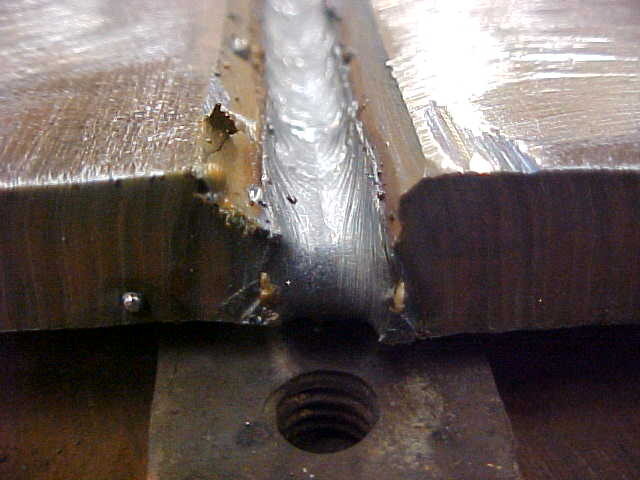
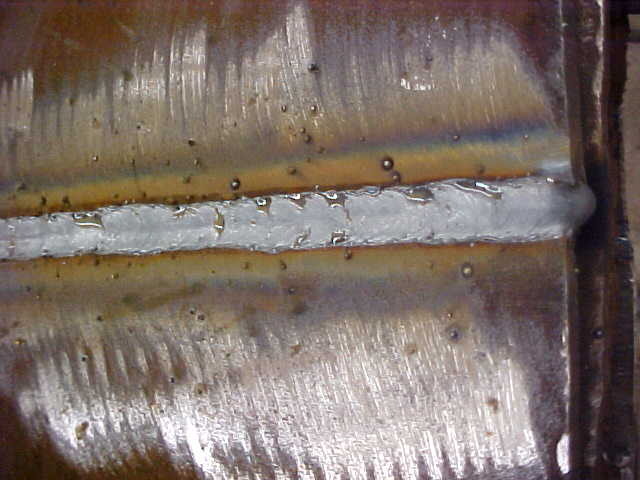
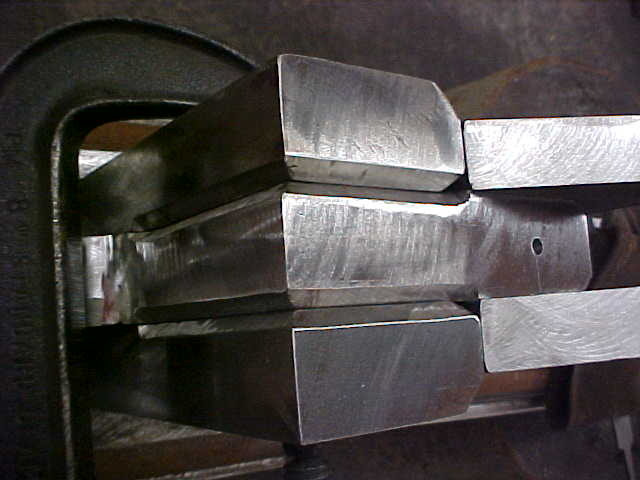
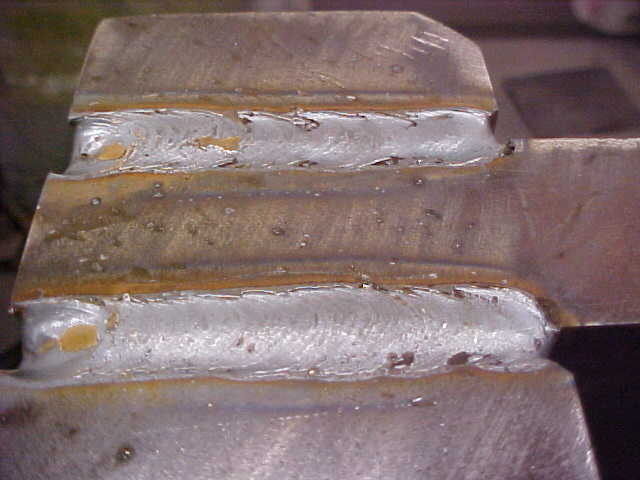
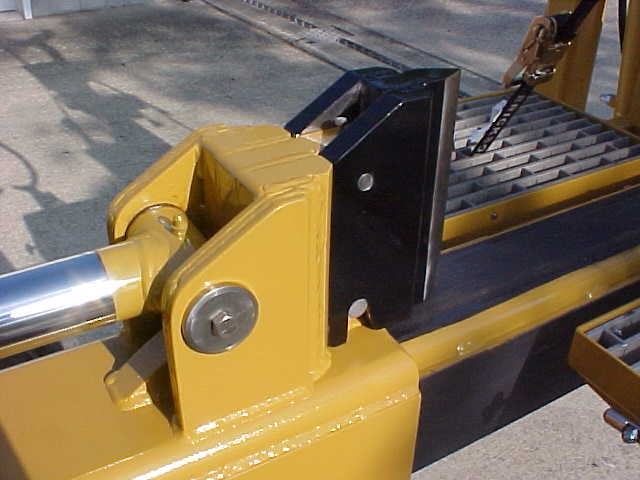
.png) I am trying to talk the wife into one. Well that and a Dynasty 350 and a plasma table and.....It's worse than CAD.
I am trying to talk the wife into one. Well that and a Dynasty 350 and a plasma table and.....It's worse than CAD.